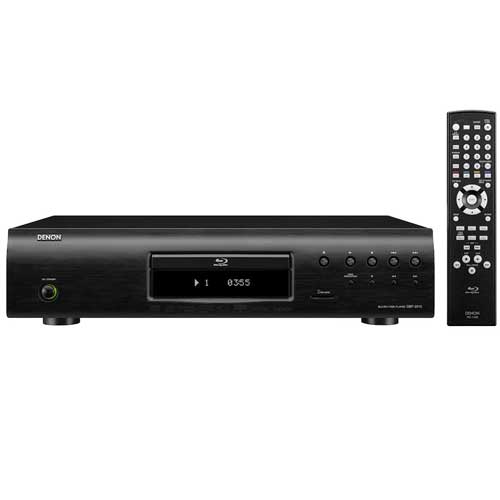The ‘Blu’ Disc…
A guide into the high definition video disc format
Personal viewing has been, since its availability, something that everyone loves to do. There is something special about finding a movie and sitting down alone or with friends and family and enjoying a great movie or television programme when it’s cold and raining outside. However, video format has travelled a long way from the first personal Philips N1500 video recorders of 1970.
When the Betamax video tape recorders came out in 1978, the idea of recording television and buying pre-recorded movies was fantastic. It generally started the whole vide sensation that we live in today. Films and television programmes were now more accessible and readily available when they were released onto the Betamax format. However, although Betamax was true dynamite material in delivering quality, like its Philips V2000 system, it was phased out when VHS sales took the market by storm in the early 1980s. Of course, the quality of VHS was never the same as that of Betamax or V2000 at delivering the goods, although the tapes were cheaper and also had more variety of pre-recorded material available. Even when a brief appearance of VideoDisc appeared it was soon rapidly outperformed in sales by the VHS system. As soon as Laser Disc appeared in 1985, the world was soon treated to digital quality video format. However, VHS still held on as a cheap and recordable format until the mid-2000s. DVD players soon succeeded as the clear winner in the late 1990s over Laser Disc. But, as critics displayed some appal at the let-down of DVD’s (Digital Versatile Disc) quality over the years in comparison to what Laser Disc had already provided, HD DVD and Blu-ray discs soon appeared in the more recent years.
HD DVD was a Toshiba invention that was up against the Blu-ray disc of both Philips and Sony. As the story goes, both formats were so brilliantly devised at delivering both uncompressed audio and video for HD viewing. However, as Sony and Philips planned, Toshiba surrendered manufacturing of their HD DVD systems in 2008, soon following the Blu-ray suit in the later part of that year.
Now that we enjoy the Blu-ray format for HD video and audio, it’s best to try and get the best out of the system in the long-run. This brief and detailed guide will look at what Blu-ray players have to offer, as well as what we can do to get the best results for viewing pleasure from them.
Blu-ray players are available from many manufacturers. We have many from the likes of Onkyo, Denon and Marantz to name only a very small list of examples. We hold many more brands in our stock-room. The quality of the video and audio is so much better than that of a DVD because of how much material is actually contained on the disc. Basically, a DVD disc holds a mere 4.7GB of data storage and this has to hold both video and audio data, along with additional data. To fit it on the disc, compression is used and this reduced quality. However, a Blu-ray disc of dual layer can contain up to 52GB, allowing for film and video data to be put onto the disc with no compression. This now means that 3D video can be placed onto Blu-rays discs too.
3D:
3D entertainment has become more and more popular over the past few years. Movies can now be seen in high-definition and can be now enjoyed with a life-like 3D experience as if there was a band performing in your living room , or even as if there was a high-speed car chase taking place in front of your eyes. Of course you need to make sure that your television is 3D capable and that you have the correct optimised 3D glasses to enjoy this level of content.
PS3:
Sony’s Playstation 3 uses the Blu-ray disc for data, video and audio storage too. This is because it offers an experience that gamers wish for with high definition graphics and a brilliant level of HD audio. Also, thanks to Blu-ray, surround sound is also available in 5.1, 7.1 and even 10.1 formats. Although Playstation 3 can display Blu-ray films we still feel, and so do industry experts, that films are much better on a dedicated Blu-ray player.
When connecting to your television, we recommend that you connect by a high-quality HDMI lead. Unfortunately, there are several types on the market. Thankfully, we can help by supplying leads for all matters of connection from brands like QED, Chord and Van den Hul, amongst many more. Newer players should be fine with leads of recent ages on the HDMI 1.4 system. Most cables of today will be able to 3D capable and even able to produce both 720p and 1080p quality images. For those using over 10 metres of cable, we recommend using QED’s HDMI signal booster.
We are able to demonstrate the Blu-ray player’s great quality in our fully equipped demonstration room, or on our Loewe HD 3D television sets.
Tom Parker
Sales and Website Admin
